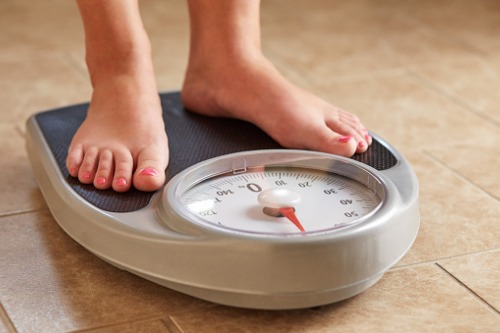
Overweight workers are far more at risk of suffering a workplace injury than leaner colleagues

Organisations are refraining from addressing concerns about obesity due to a fear of sounding discriminative or being accused of “fat shaming”, according to new research.
Moreover, a study by the Australian Accident Helpline found that overweight workers are far more at risk of suffering a workplace injury than leaner, healthier colleagues.
The research revealed that 26% of obese males had reported suffering a personal injury compared to 17% of men within a normal weight range.
For women, the risk of injury directly correlating to weight was even greater, with about 21% of obese females reporting an accident at work compared to only 12% of women within average weight categories.
The research also revealed that most companies were aware of the impact of obesity-related issues on productivity and employee welfare and were eager to address the issue, according to the Australian Accident Helpline managing director Liam Millner.
“However, due to the sensitivity of the topic and a reluctancy to offend workers, less than 25% of employers were willing to offer advice to employees about healthy eating and recommended lifestyle choices.”
Common injuries and vulnerabilities associated with obesity include; acute overextension, high blood pressure and poor circulation, depression and a vulnerability to slipping, tripping or falling.
These injuries can result in extended absence from work and, in more extreme cases, workers compensation claims brought against employers.
The challenge for HR is to address the subject with staff without being seen to be discriminatory or perceived to be personally attacking anyone.
According to the Australian Accident Helpline, businesses have a care of duty to their employees and should not avoid making staff aware of positive health benefits associated with a trimmer waist line as they could be saving lives and creating a more efficient workplace.
However, it is essential that any communication with employees addresses the entire workforce without singling out any person or gender group.
Millner added that an emphasis should be placed on encouraging staff to exercise and adopt better eating and lifestyle habits as a positive choice to reaping the benefits of a happier and healthier workforce.
“Small steps can make a big difference, so encouraging staff to walk up some, if not all, of the steps instead of taking the lift can be a good starting point. Reducing sugar intake in tea, or coffee, is another positive health benefit to be recommended,” said Millner.
“More physically inclined workers can be encouraged to get back on their pushbikes and cycle to work, instead of adding to a bulging wallet and waistline sitting in traffic and adding to global Co2 emissions.
“Most gyms in your area will be willing to negotiate group discounts to new members and there’s no harm in incentivising your staff to enter charity bike, running and swimming events as individuals or in a team to boost company morale.”
Moreover, research this year by the Deakin University found that the introduction of sit-stand desks and support for Australian office workers could be a cost-effective way to reduce increasing rates of obesity-related health issues.
Deakin’s economic evaluation, published in the Scandinavian Journal of Work, Environment & Health, estimated that if the intervention was scaled up to reach 20% of Australia’s office workers, it would cost $185.2 million, but would save 7492 “health adjusted life years” by preventing a range of obesity-related diseases.
The following are recommendations for the workforce to sit less in the office: